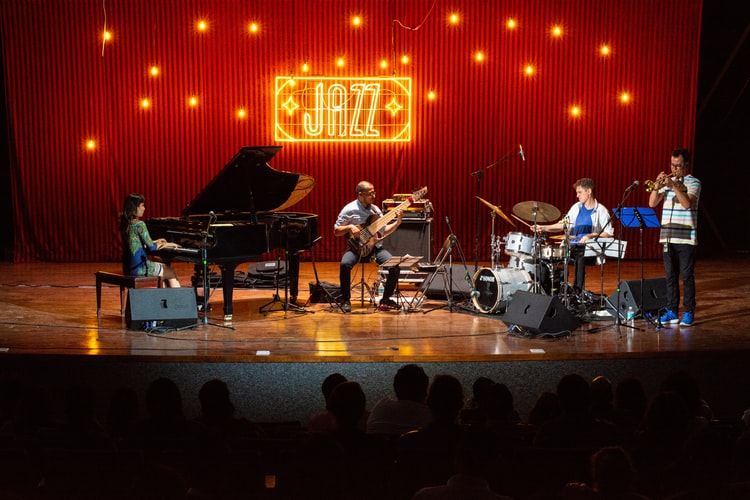A brass instrument is an instrument that makes noise by mechanical resonation of air in a tube resonator in sympathy with the sound of the player’s lips. Brass band instruments are usually known as brass cymbals, bells, mandolas, or congas, from Greek and Latin roots meaning ‘bell, trumpet, cymbal’ and ‘musical horn’. Early players used wooden mallets to hit brass cymbals, hence the similarity between the instrument and the mallet.

Flugel Horns And Their Uses
Early flugel horns were made in brass, hence the name. The flugelhorn has two courses of metal attached, each running over a long piece of metal having a hole at its centre. When the flugelhorn is struck, the metal swings on a spring, producing a sound. Early flugelhorns often had two courses, rather than one, as they were difficult to make, and therefore very valuable. As time progressed, however, brass tubing replaced the long, narrow flugel horn and flugel horns soon became obsolete. The cornets became much less expensive and hence replaced the flugel horn in many public schools and church organs, where they were a lot cheaper to maintain and to get parts for.
Early conical bore instruments were made in brass, which gave them a similar diameter as the flugelhorn, but a much smaller tube. Early conical bore instruments had a steel tube resembling a narwhal, hence the similar spelling, ‘nappy-horn’. In the United States, however, as soon as World War 1 began, all instruments, not just the flugelhorn and conical bore instruments, were made in steel. Steel conical bore instruments are highly valued by collectors. This makes them one of the most valued and sought after brass band instruments currently in existence.

Early brass instruments had two courses of strings, which made them slightly different in design from other brass instruments. Early instruments had open tunings, similar to the nylon string classical guitar. However, they also featured a third course, with a thinner string, called a concert guitar, which further increased their depth of sound. As time went on, additional courses of strings were added, with a double string and a third string to give an extended tuning range. In general, this has remained true throughout the history of brass instruments.
In brass instruments, a key note is B flat, A sharp or G flat. The tunings of these early instruments were quite similar to the nylon string classical guitar. The earliest brass instruments were tuned using horizontal fingers, using roughly circular motions to turn the instrument. This, unfortunately, makes it difficult to determine the pitch – it’s hard to know if you’re playing the notes or sharps or flats. The problem became especially prevalent as the brass strings got closer to the head of the instrument.
Jazz Music In Popular Culture
With time, brass instruments have played a very important role in jazz and blues music. Many popular songs were written around these brass instruments, including “Dixieland Live” by Bob Dylan, and the standard popular track of “Purple Haze” by The Rolling Stones. Brass instruments continue to find use in modern day music, from marching band type bands, to many popular festivals, such as Glastonbury Festival in England, and Woodstock Festival in the United Kingdom. As the world continues to realize the importance of brass, these instruments will likely continue to hold a significant role in our society for many years to come.


